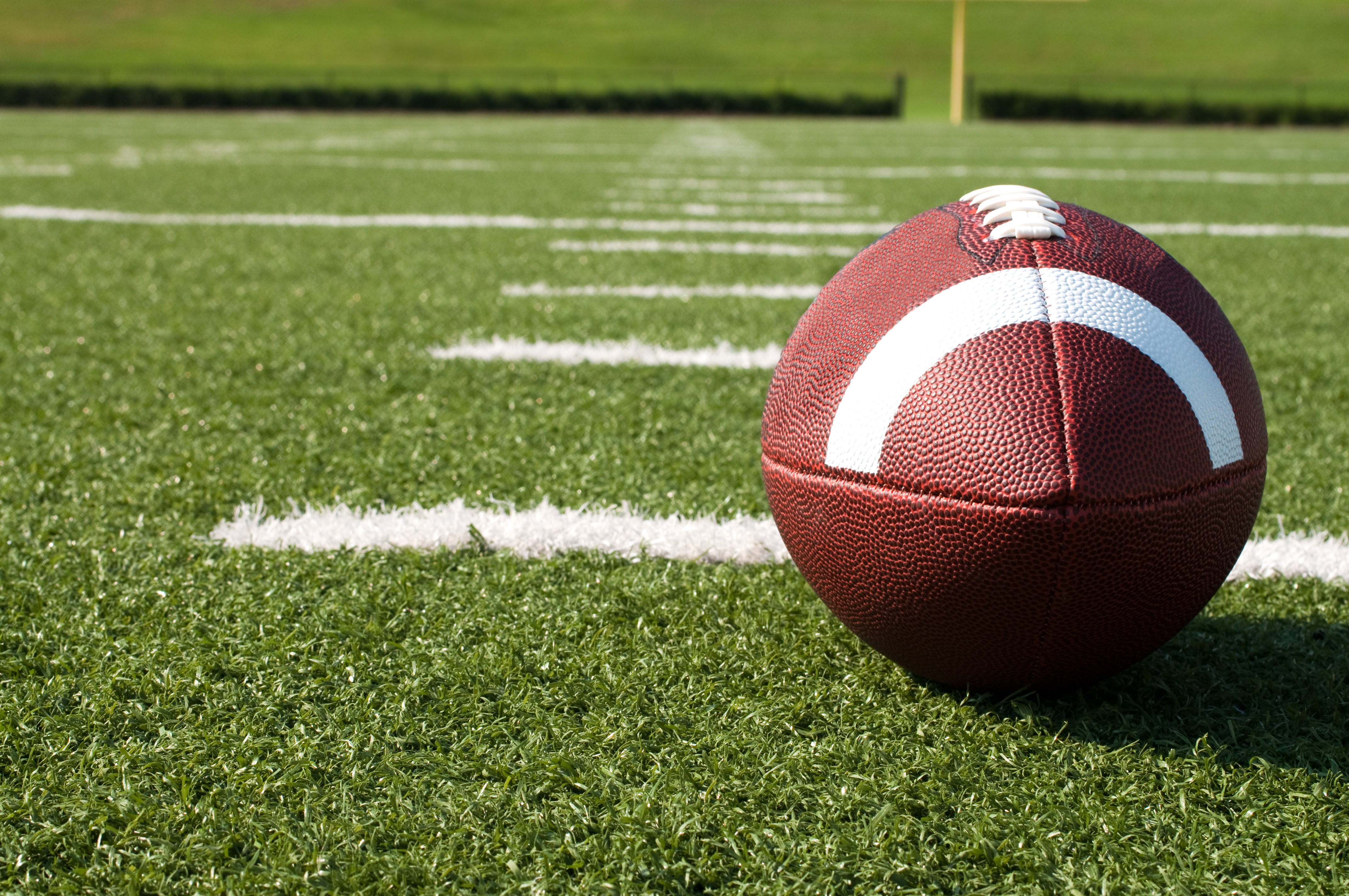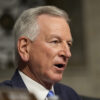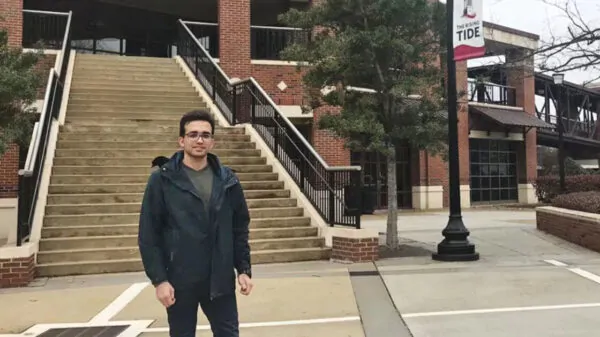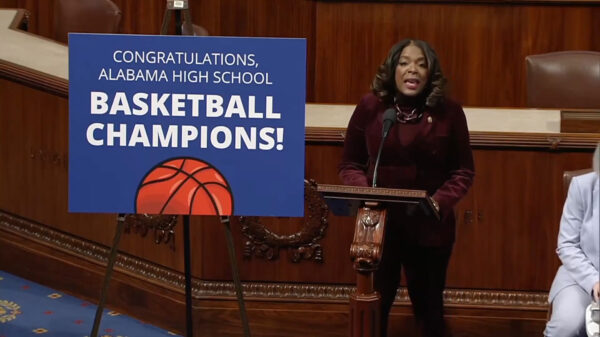The Southeastern Conference announced on Friday, that voluntary in-person athletics activities may resume on Southeastern Conference campuses, at the discretion of each university, beginning June 8 under strict supervision of designated university personnel and safety guidelines developed by each institution.
The coronavirus crisis ended Spring sports such as baseball and softball and cost both men and women’s basketball teams most of their post-season play. Spring football camps were eliminated. No training has been allowed in on-campus athletics facilities since March 12. The SEC had suspended all athletics activities through May 31.
June 8 will begin a transition period that will allow student-athletes to gradually adapt to full training and sports activity after this recent period of inactivity. Each university has been instructed to develop plans that are consistent with state and local health directives. Under the new directive, certain activities will be permitted based on the ability to participate in controlled and safe environments, while also maintaining recommended social distancing measures.
The decision to resume athletics activities, which at this time is limited by the NCAA to voluntary activities supervised by strength and conditioning personnel, was made with the guidance of the Conference’s Return to Activity and Medical Guidance Task Force.
The task force was created by the SEC’s Presidents and Chancellors in April and is comprised of a cross-section of leading public health, infectious disease and sports medicine professionals from across the SEC’s 14 member institutions. The Task Force will remain active to provide continued advice and guidance to the SEC and its members as they prepare for a return to competition.
“The safe and healthy return of our student-athletes, coaches, administrators and our greater university communities have been and will continue to serve as our guiding principle as we navigate this complex and constantly-evolving situation,” said SEC Commissioner Greg Sankey. “At this time, we are preparing to begin the fall sports season as currently scheduled, and this limited resumption of voluntary athletic activities on June 8 is an important initial step in that process. Thanks to the blueprint established by our Task Force and the dedicated efforts of our universities and their athletics programs, we will be able to provide our student-athletes with far better health and wellness education, medical and psychological care and supervision than they would otherwise receive on their own while off campus or training at public facilities as states continue to reopen.”
As part of its recommendations, the Task Force prepared a series of best practices for screening, testing, monitoring, tracing, social distancing and maintaining cleaned environments. These recommendations are to serve as a roadmap for each school prior to and upon the return of student-athletes to their campuses.
“While each institution will make its own decisions in creating defined plans to safely return student-athletes to activity, it is essential to employ a collaborative approach that involves input from public health officials, coaches, sports medicine staff, sports performance personnel and student-athletes,” Sankey said. “Elements of the Task Force recommendations provided key guidance for determining the date of the return to activity.”
The protocols include a three stage screening process that involves screening before student-athletes arrive on campus, within 72 hours of entering athletics facilities and on a daily basis upon resumption of athletics activities.
Testing of symptomatic team members (including all student-athletes, coaches, team support and other appropriate individuals) is part of the protocols.
It is recommended that schools immediately isolate team members who are under investigation or diagnosed with COVID-19. This is to be followed by contact tracing, following CDC and local public health guidelines.
Since most of the athletes have not been allowed to do anything but the most basic of workouts, there is to be a transition period that allows student-athletes to gradually adapt to full training and sport activity following the long period of inactivity.
During the month of June, NCAA regulations permit only strength and conditioning personnel to supervise voluntary on-campus athletics activities in the sports of football and men’s & women’s basketball. A current waiver that permits eight hours of virtual film review has been extended through June 30 for football and basketball.
Consistent with NCAA regulations, organized practices and other required physical activities remain prohibited in all sports. A previously announced suspension of in-person camps and coaches clinics conducted by SEC institutions remains in effect until July 31.
Many SEC schools hope to play their football seasons this fall on schedule. While football fall camps don’t begin until early August, coaches says that student-athletes need to be improving their strength, speed, and agility to get in the appropriate physical condition so that they can compete in fall camps. Without that strength and conditioning, coaches feel that more players could get injured in those practices.
On Thursday, Alabama Governor Kay Ivey (R) issued a new Safer at Home order that allowed schools to begin using their athletics facilities for strength and conditioning. Schools and educational institutions will be allowed to open subject to social-distancing and sanitation rules and guidelines on June 1. Gyms across the state were allowed to reopen subject to social distancing and occupancy limits on May 24.
The relaxation of the health rules mean that the athletes will be able to compete in football seasons resume. It is still not known if there will be fans in the stands for those games, though University of Alabama Athletics Director Greg Byrne recently said that that is the school’s plan. Both the University of Alabama and Auburn University are members of the Southeastern Conference.
Fox Sports reported on Friday that if the 2020 football season was not played, the members of the ‘power five’ conferences (including the SEC), would lose over $5 billion in revenue. The cost cutting moves necessary to balance budgets after that hit would end virtually all non-revenue generating sports, including every women’s sport, on campus. Athletics budgets were already hit from the loss of NCAA basketball tournament revenue.





















































